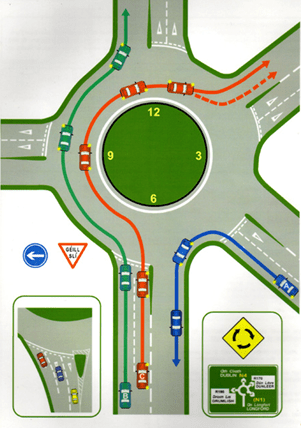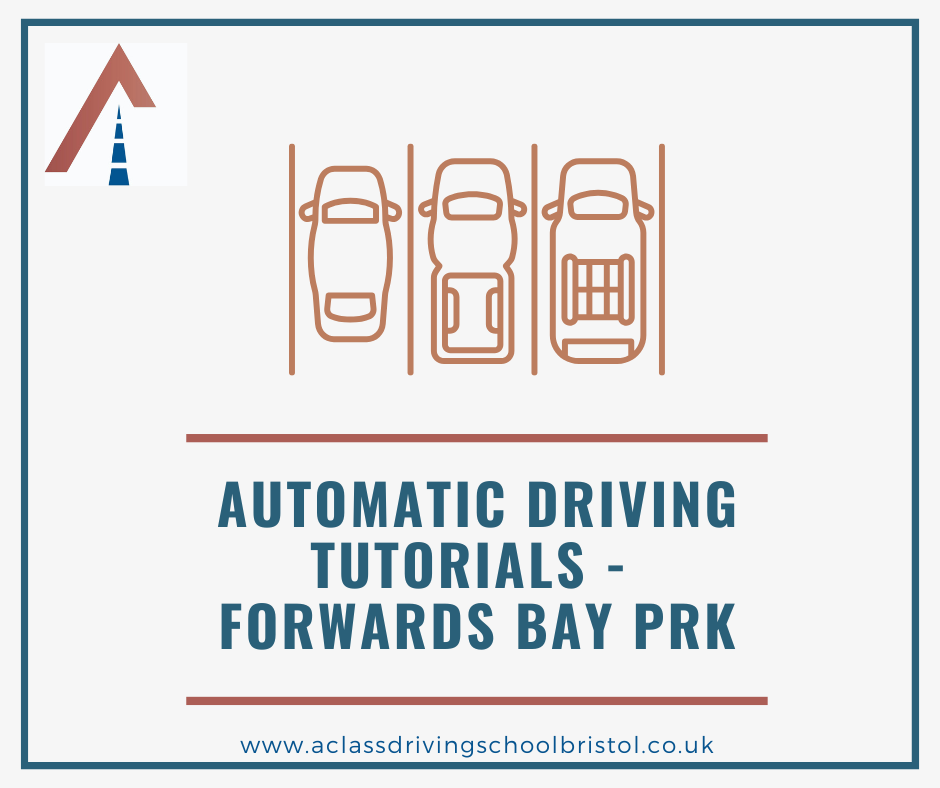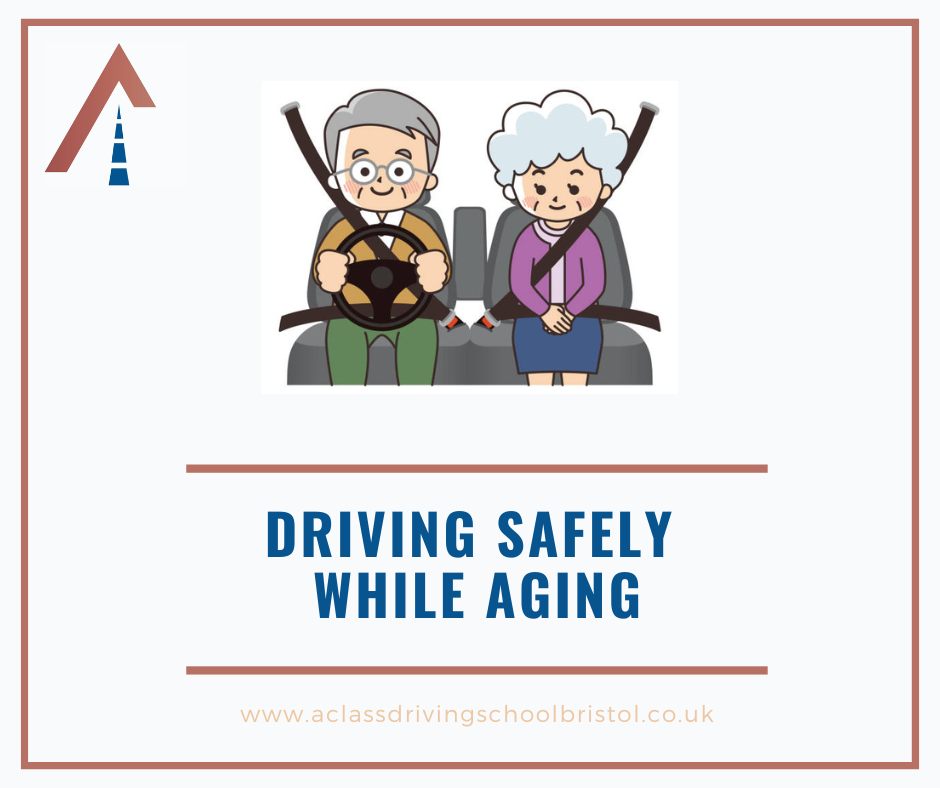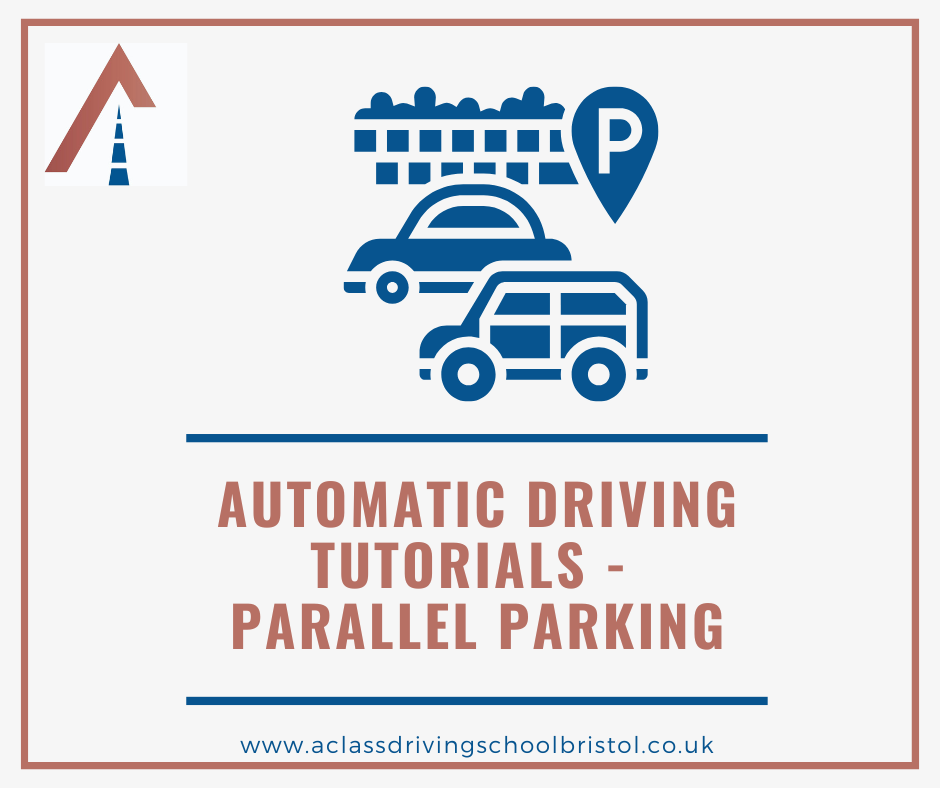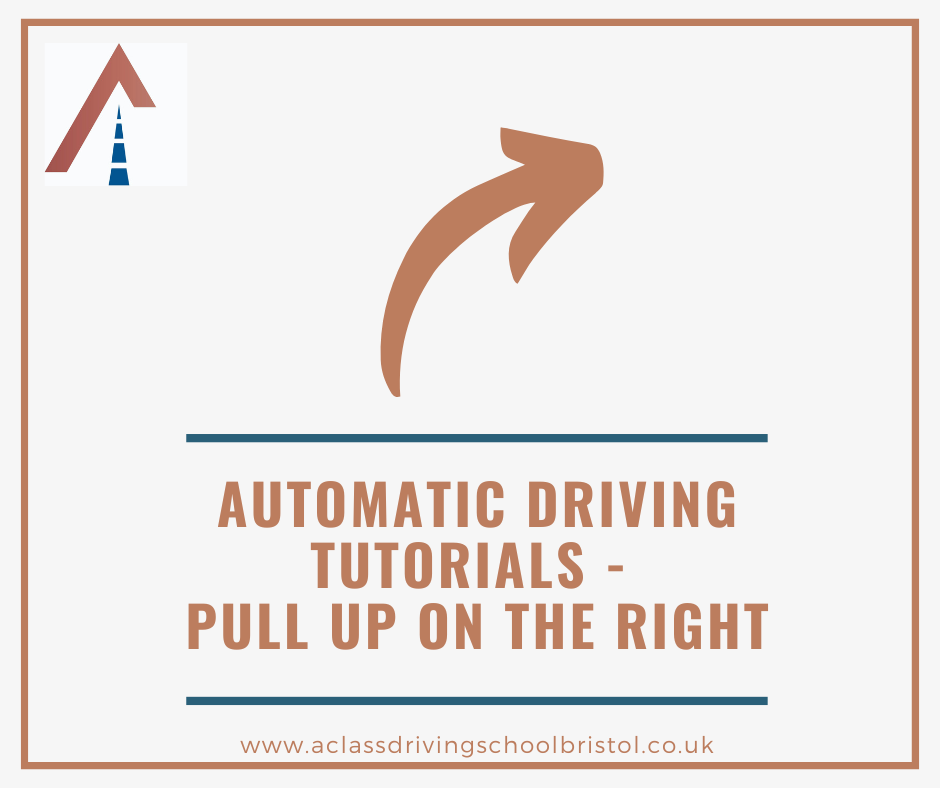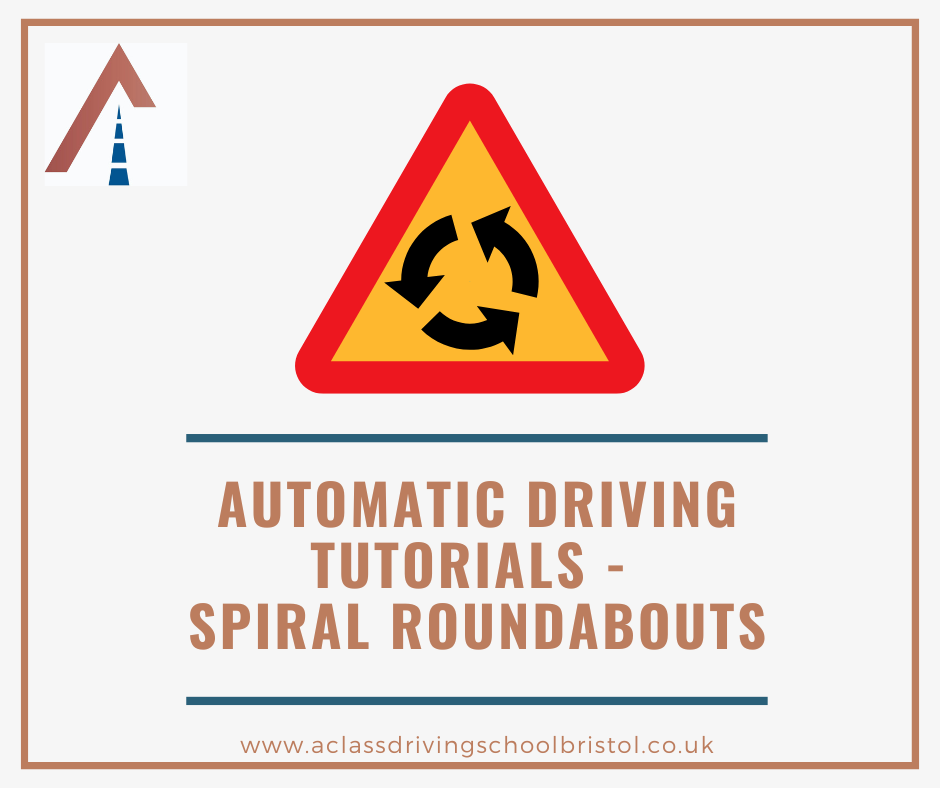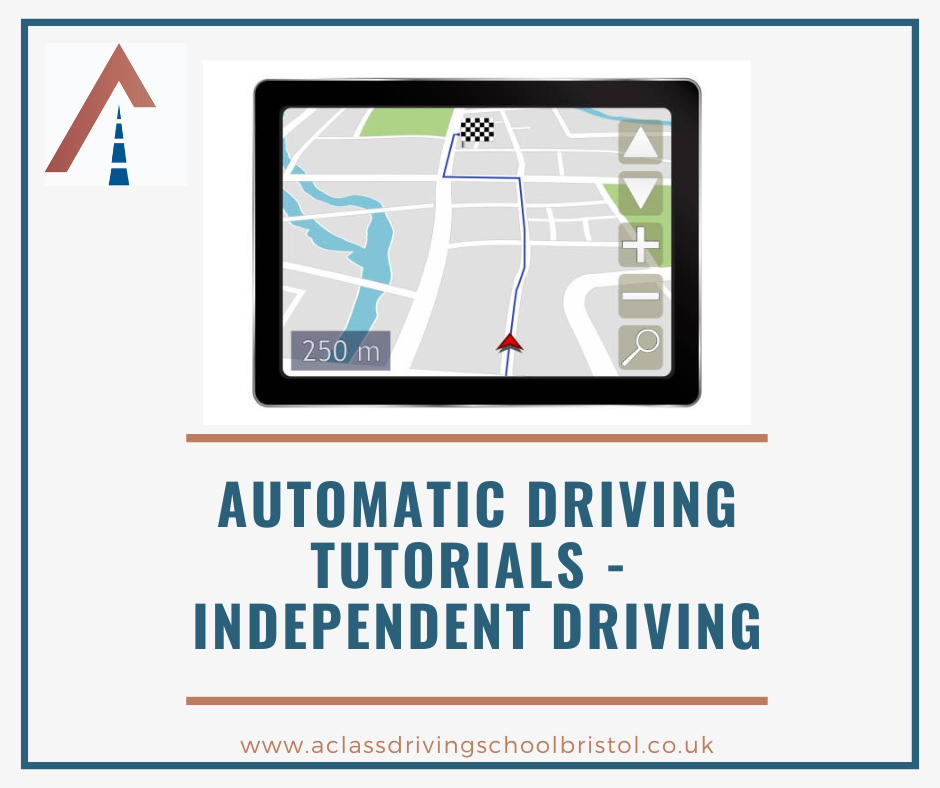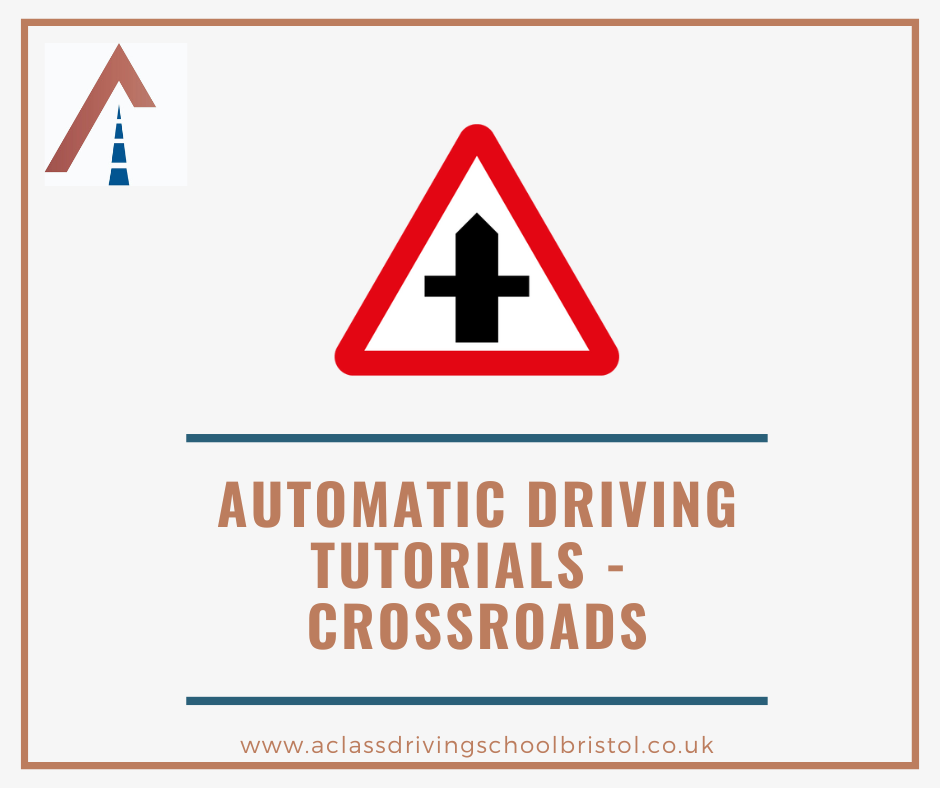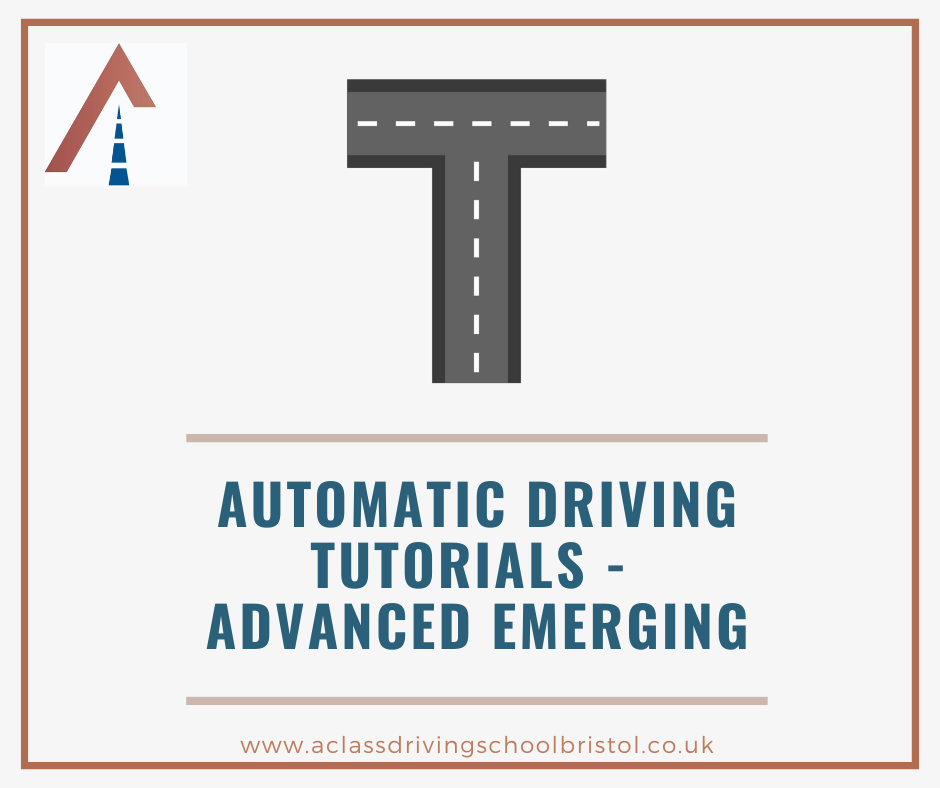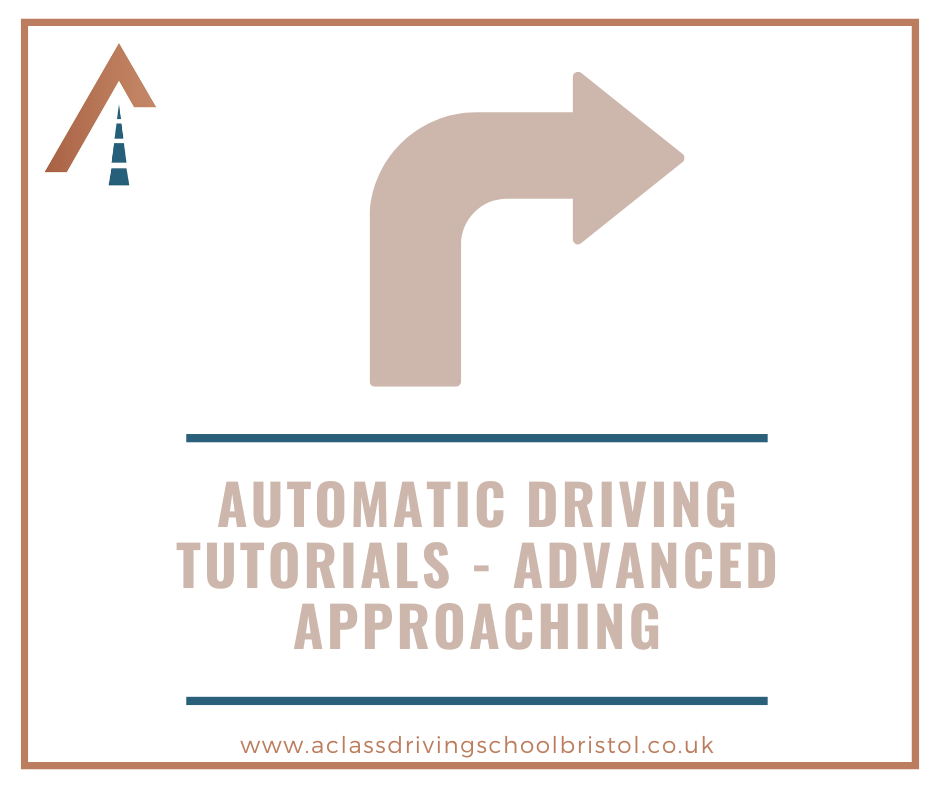Roundabouts Cheat Sheet
Roundabouts - Cheat sheet for parent teachers
New Our focus for this blog is to show how non-driving instructors teaching children how to deal with regular roundabouts.
There are three broad category of roundabout. Mini roundabouts (which we dealt with last time). Regular roundabouts will have something in the middle, like a floral display or sculpture. Usually obscuring the drivers view. And finally we have the extremely large traffic light controlled, spiral roundabouts. We'll look at these next time.
If you haven't read the mini roundabout guide and are yet to attempt these with your student, I highly recommend doing so first. This next topic is a real step up due to so much going on at once.
The approach
As mentioned last time in the mini roundabout guide, the approach is the key. Getting them to arrive doing their MSM routine for an approaching situation (major to minor road) with 4 car lengths to spare will give them the best possible hope in mastering this quickly. With 4 car lengths to spare they then have time to LADA (and they should be off the clutch, look out for this).
We want them to have time as they slowly arrive at the roundabout to look to see if they can go or not. They should be looking for cars coming from their right that they do not want to slow down.
The entrance to their right is the obvious first port of call. Just like with the mini roundabouts. The big difference now however is that they need to look for cars already on the junction and based on their position make a decision about going or stopping.
Lane position
If there is nothing coming from the right hand entrance, there is a good chance of going. What they need to do next is look to see if something appears from behind the centre of the roundabout. The floral displays and sculptures block our view quite a bit, making this observation challenging. If something comes into view and it's in the outside lane, this is good news. It's leaving.
If it appears on the inside lane, the lane closest to the roundabouts centre, it's a threat. Stop.
I get them to initially stop when they see this, even though there's a chance the car could straighten up and leave. The reason for me getting them to stop is that they can then demonstrate to me that they can identify the position of this danger car. There is too much happening here for a length chat about a split second decision. Plus, it gets them moving their feet quickly, but gently. And spending time watching the cars here is invaluable experience. Exposure over and over is the only way to get their eye in and for them to understand the flow and movement of this type of junction.
If your student keeps stalling here or is too slow to get off and away, they aren't ready for this. A session on the emergency stop or some more moving away and stopping can help develop the skills needed for this.
Exiting
Leaving the large roundabouts is different to the minis. We just signal on approach for the mini roundabouts. We need a signal when we leave for the larger ones. It's an MSM routine to the left, but make sure they don't do it too early. Really delay it. I get them them to pass the penultimate entrance before checking the mirrors and signalling left. A learners instinct will be to try at the penultimate exit. Two to three car lengths too soon. The focus at this stage should be position and staying in lane.
Turning right, 3rd exit
This can feel like the most worrisome part for them as there is lot to do in a short time, plus there's the risk of striking another vehicle as they move across lanes.
Roundabout guide
We're going to focus on the red car here. Consider the roundabout like a clock. We come on at 6 and when we get to 11, our MSM routine kicks in for taking the 3rd exit.
(diagram below)
Mirrors should be interior and left.
Apply the left signal.
Start unraveling the wheel. Taking the turn off. There's a distinct straightening up here so we can leave in the left lane and normal drive position when we leave.
An all important second left door mirror check. If it's clear, take the solid line. If it's not safe, take the dotted line and come back to your normal drive position when it's safe.
Everyone's biggest fear here is that at 1 o'clock as we go from the inside lane to the outside lane there's a vehicle along side us. We can minimise the risk here by having a minimal safe speed.
If the driver stopped before coming onto the roundabout, when they move away in first gear, get them into 2nd around/before 9 o'clock. In reality, this is a far straighter line and easier to change gear when going straight. After 9 o'clock there's a lot of steering making it far harder. Once in 2nd gear, their speed will increase to 10/12/15 mph, the same speed as everyone else. There's far less of a chance a speeding car will inadvertently come along side and overtake just as their looking to exit. If they do the whole thing in first, their speed will be so slow, other cars will catch them up, being taken by surprise themselves, creating a dangerous situation.
Additional help
- Don't try this at rush hour for their first session. I try to get them in the mind set that roundabouts are easier then they look. By building confidence by approaching empty/quiet roundabouts and going first time massively improves them.
- Day light is your friend.
- A roundabout with good visibility will be easier to negotiate.
- Devise routes where you can double back to the roundabout ASAP. The only way they'll improve on this type of junction is by visiting them.

